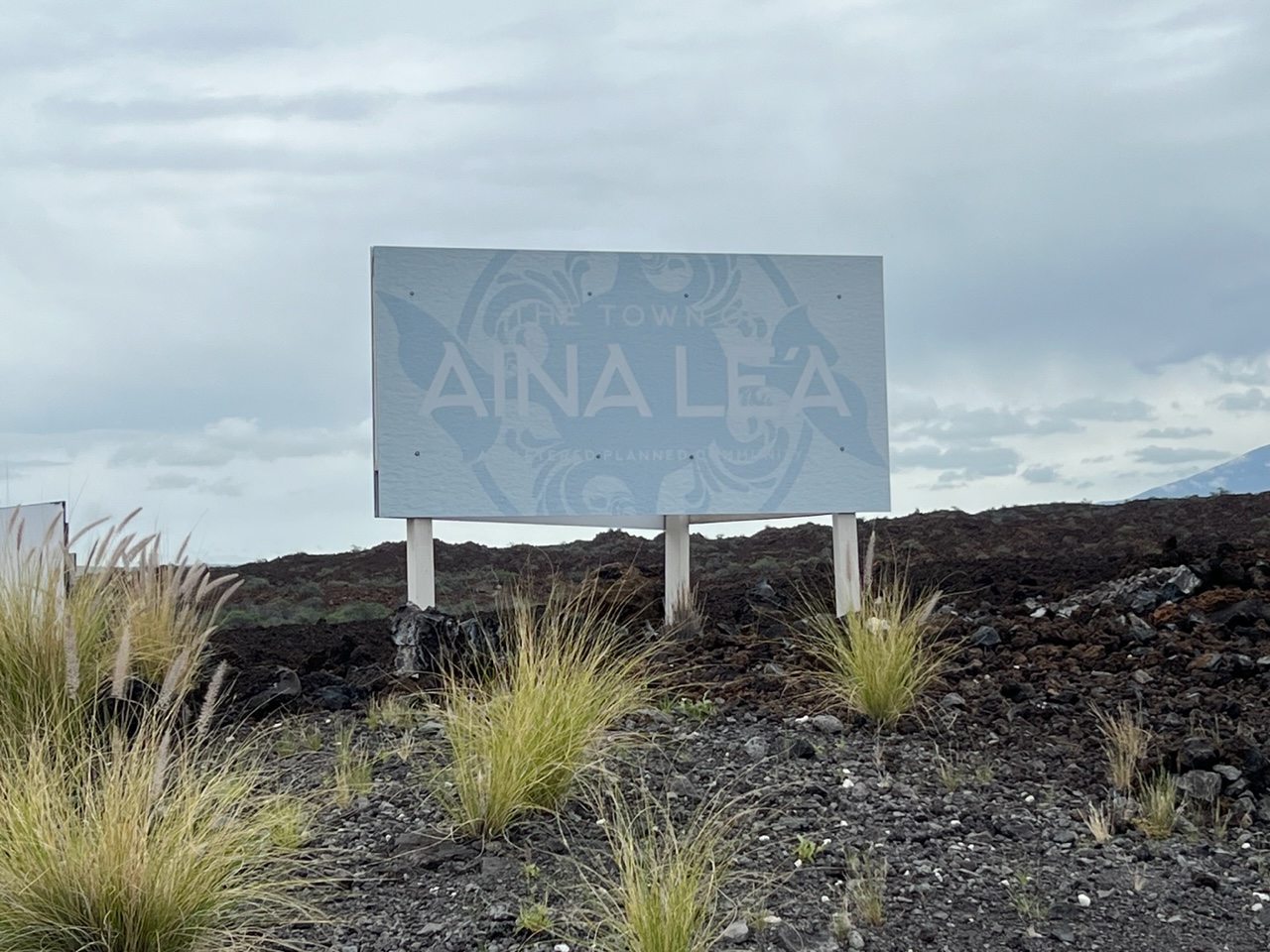ʻAina Leʻa Update: Last August, 38 acres of ʻAina Leʻa land were sold off at a foreclosure auction to a Canadian lender, Romspen Investment Corporation. The parcel is the site where several buildings that were to be part of an affordable housing development were put up more than a decade ago. Romspen purchased the land with a $13 million credit bid.
But transfer of title and writ of possession were delayed. As the foreclosure commissioner, George “Rick” Robinson, noted in his report to 3rd Circuit Judge Wendy DeWeese, he “had attempted to secure an updated title report from several title companies, with one title company declining the request and the other title company agreeing yet not delivering that report to date.”
Finally, on March 17, Old Republic National Title Insurance Company provided Robinson with the requested report. However, the report “notes several encumbrances that will need to be clarified and/or resolved before this matter can close,” the court found in an order signed March 29.
The new deadline for transferring the property is now May 12.
Meanwhile, at the entry to the overall 1,000-acre site, the sign heralding the ʻAina Leʻa development at the entry to the project has been painted over.
Coral Reef Plan Update: The National Oceanic and Atmospheric Administration (NOAA) has announced it will be preparing a National Coral Reef Resilience Strategy, replacing the current strategic plan adopted in 2018. Under the Coral Reef Conservation Act of 2000, NOAA administers the federal coral reef conservation program, which supports conservation projects in U.S. waters of the Caribbean and off Florida, Hawaiʻi, Guam, the Commonwealth of the Northern Mariana Islands, American Samoa, and the Pacific Remote Islands Area, as well as international regions in the Caribbean, South Pacific, and Micronesia.
On April 6, it opened the scoping period intended to identify content for specific elements of the national strategy. Among other things, the strategy is to address: continuing and emerging threats to the resilience of coral reef ecosystems; gaps in coral reef ecosystem research, monitoring, and assessment; and the status of management cooperation and integration between federal managers and local authorities.
For more information and to submit comments: www.regulations.gov/NOAA-NOS-2023-0043. Click on the “Comment Now!” icon.


Leave a Reply